Jellies
Cheap. Efficient. Awfully bland.
A most perfect supply
Being able to feed oneself is the greatest challenge that exists in the Expanse. Life is very rare, but there is not much choice. After all, only life can sustain life. And while the most abundant species are jellyfishes, there is almost nothing to feed off them. They are made almost entirely out of water, and their venomous stings are a pain to remove. Jellies, on the other side, lack any means of defense and are very nourishing. Adding their very quick reproducing rate and planktonic behavior, they make for the best livestock possible. And this goes without mentioning the nonexistent cost of growing them.
A cycle-long achievement
Jellies don't exist outside Sphere's cultures. They are the fruit of a desperate attempt to produce a reliable source of food that kickstarted a whole field in science. The Glloern lineage was one of a kind during the bloody age of wars. It actually cared about the people on a long-term scale. They saw where the bloody madness was driving the whole Expanse and devised a way to eradicate the need for Wars. A team of elite scientists worked for cycles to find a way. They underwent many trials and failures, but eventually came up with biomancy, a brand new science.
As true farsighted people, the Glloern recorded thoroughly their process. Unfortunately, these works were lost in the turmoil of time, as both speech bubbles and witnesses Memories were destroyed. The downfall of the lineage was the death blow of this legacy. All that is now known is records from the very beginning of the research, the most important part is lost forever. They picked up a kind of small jellyfishes, known for having few but deadly venomous stings, and modified them to be harmless. This is where the clues get blurry. Whatever they did, they managed to change the very life cycle of the species, and even its anatomy.
Modified beyond the natural

Most jellyfishes of the Expanse spend exist only in the medusae form, and the others only fix themselves on Sphere's shells for a brief period. Although they breed quickly, it depends heavily on the resource they have access to as they can also live in a still phase for a long time. Jellies differ greatly on this point. They have a permanent polyp stage, constantly hatching new medusas. To do so, they require a great amount of energy that few substrates other than a Sphere's inner shell can provide.
The offsprings are what is generally referenced as jellies, and have a very short lifespan. Their mesoglea is rich in various proteins they can't produce on their own, and even if they had access to plenty of food, they can't absorb enough nutrients to sustain themselves. The fat layer makes them way heavier than regular jellyfishes, and they would be immediately crushed if they set a tendril outside the Sphere's regulated medium.
Harvesting the bounty
The process of harvesting jellies is a tedious and continuous one, as new ones are produced in permanence, and they must be killed and conserved before they wither and consume all their precious proteins. On small Spheres, cultivators collect jellies one by one, but it is impossible to do so on larger ones. There, tight nets are set not far over the polyps and replaced once they are full. During the replacements, it is not rare to see jellies escape and ascend like a flock to the membrane of the Sphere. To prevent the waste, some cultivators put their livestock farming on two layers, with Primals above jellies, reducing the cost of feeding them at the same time.
Taste the perfection
Despite the great accomplishments of the Glloern, one thing escaped their grasp. A handful of jellies may supply enough nutrients for a time, but they taste awfully bland. No matter what species eats them, they just taste nothing, like chewing on water. Many have attempted to tackle the issue, but the secrets of biomancy have long gone forgotten. The only way to actually feel something while eating jellies is to consume algae or varech as a side dish.
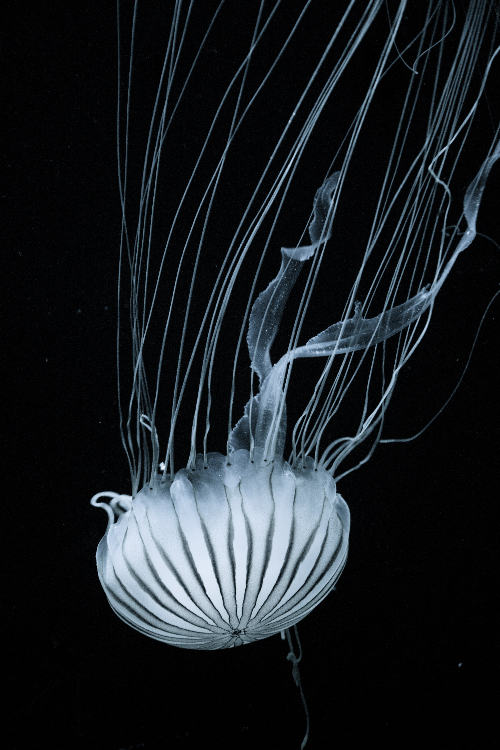
The Blooming
The polyps spawn medusas at an irregular rate which depends on many factors. Hence the constant attention they require to not be missed. However, once in a while, a majority of the polyps get synchronized, hatching simultaneously from thousands to millions of jellies. Although a cultivator's nightmare, this event called the Blooming is known cycles ahead of time. It is a spectacle few want to miss, and great scale gatherings can be seen a few moments before the prophetized Blooming, waiting for the show.

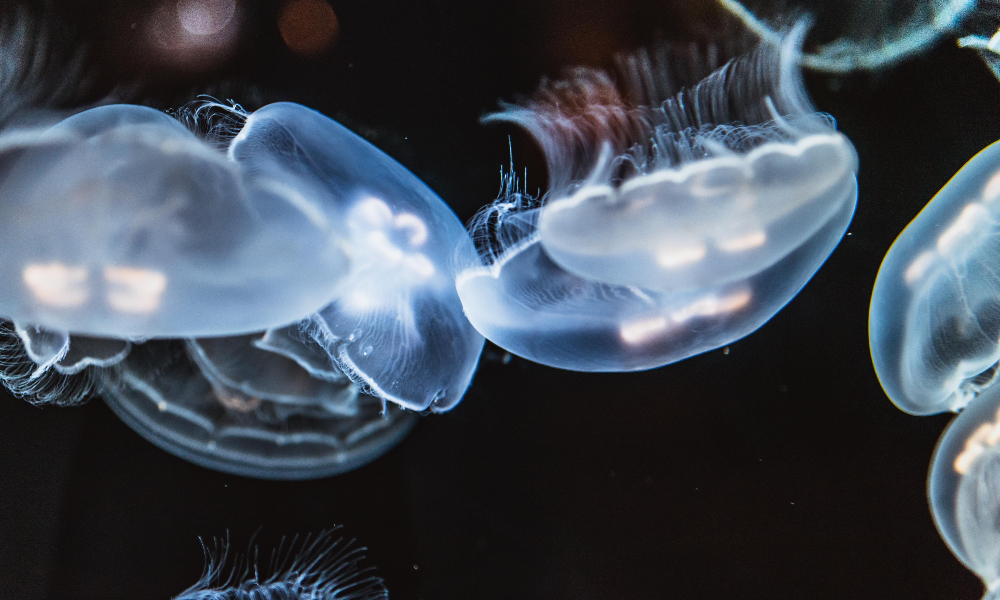
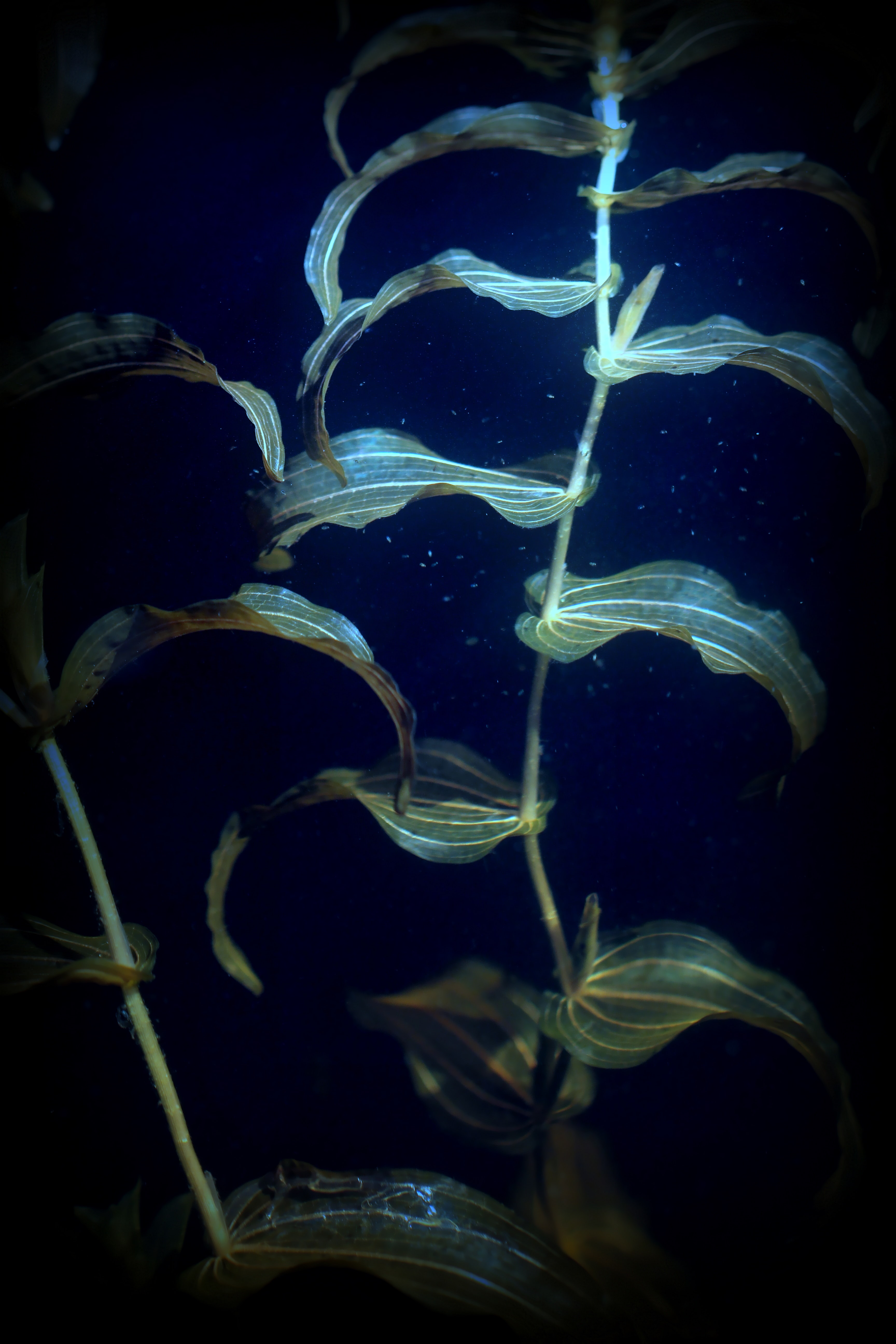
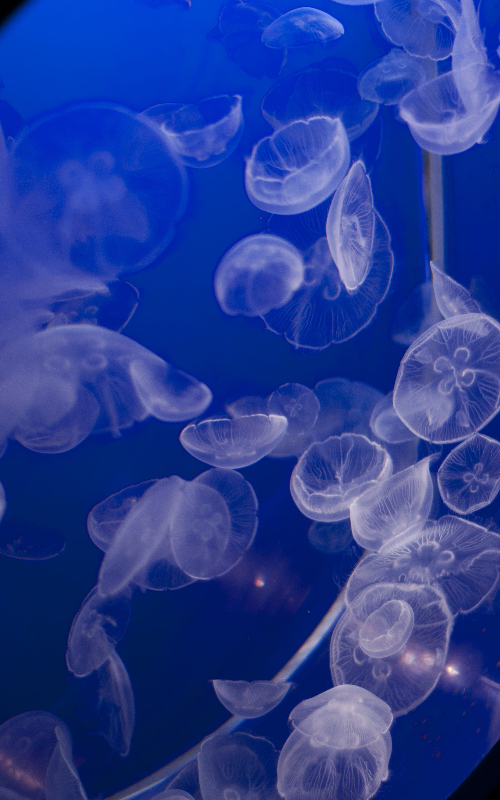

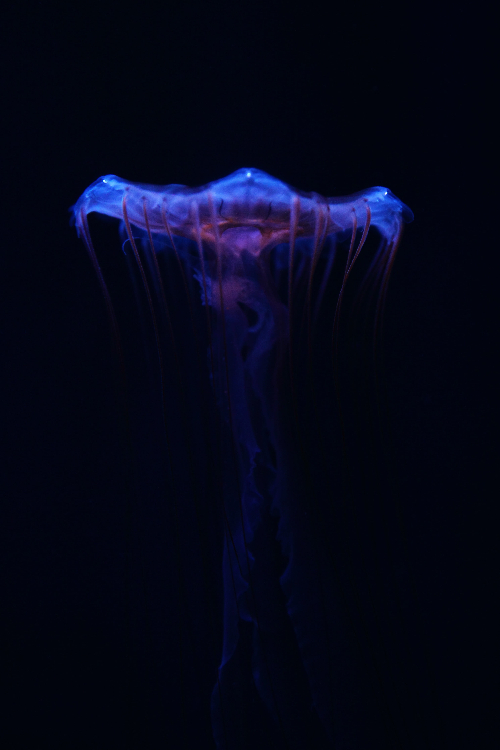




Fascinating jellies! Those poor people though, having to eat them all the time XD I'm going to go look at that link now...